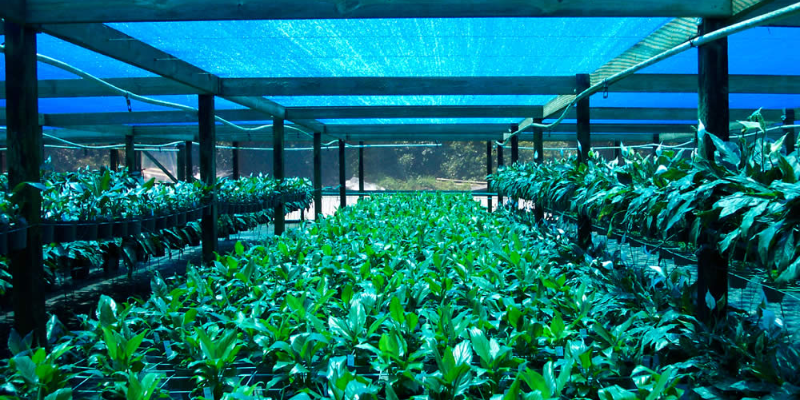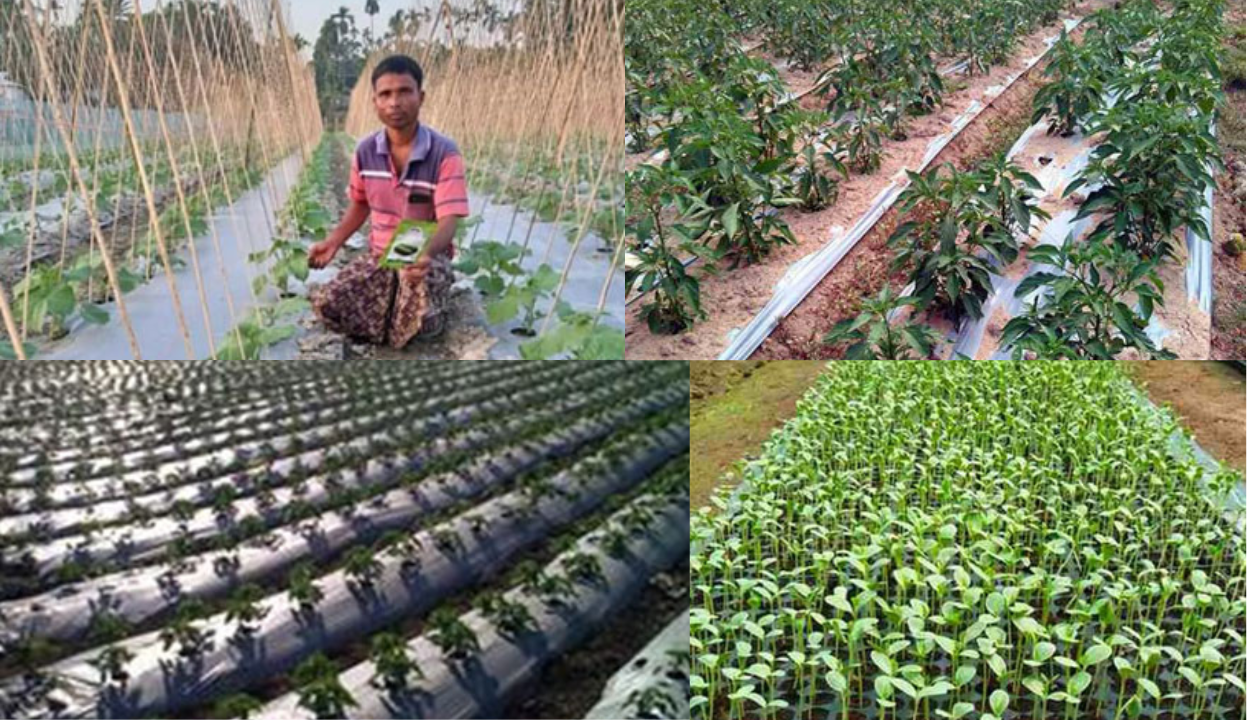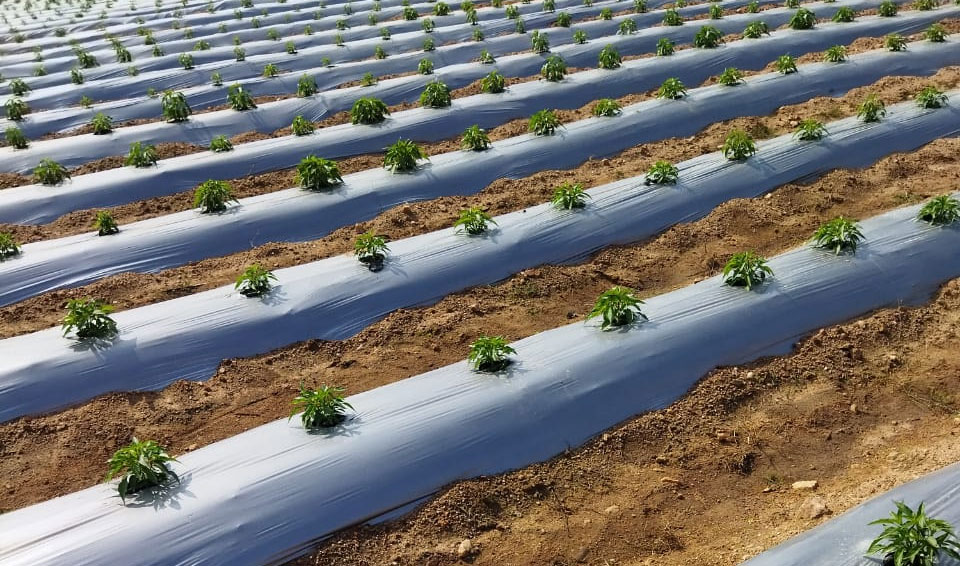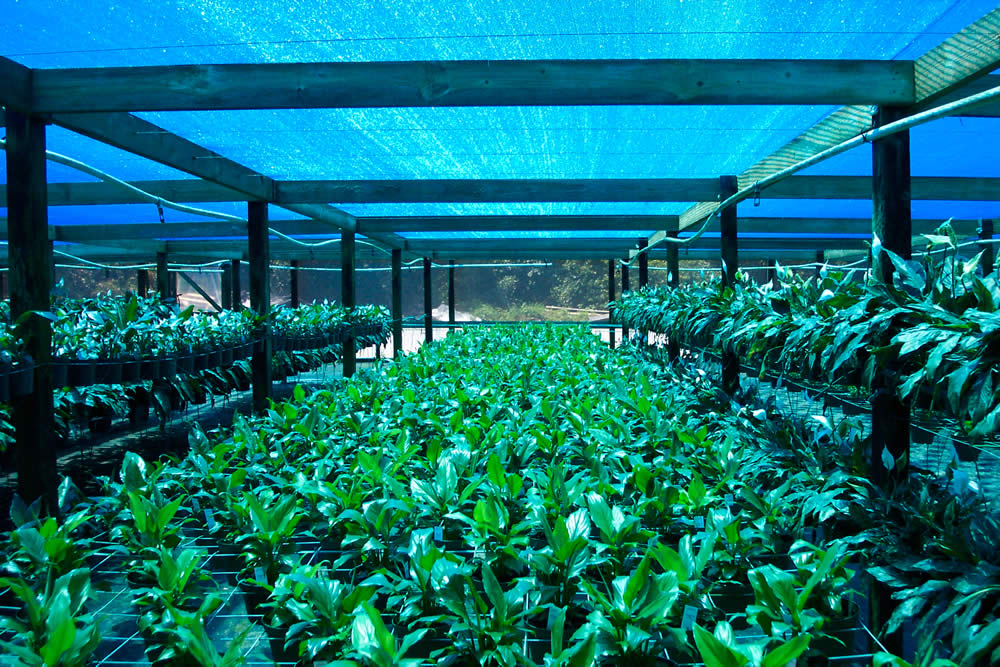
Types of agriculture practices in India
With a long standing history of agriculture practices in India, it is beyond doubt that agriculture serves as the major supporting pillar of our Indian Economy. Hence, with such a resourceful history of cultivation, spanning decades, India has witnessed several types of agriculture practices, from time to time. Let us look into those:
Subsistence farming
- Farming is a collective responsibility and generally, the whole family is seen to be employed in some or the other way. The whole family works on the farm.
- Subsistence farming is the most basic and primitive types of agriculture practice in India. Most of the farming work is done manually.
- The farms are generally very small plots.
- Traditional methods, as opposed to the mechanised and modern practices of farming, are followed.
- Yield is not very high.
- The yield is mostly consumed by the family, the commercial part is neglected and is left with little surplus
Shifting agriculture
- This is a prominent name among types of agricultural practices and is practised by tribal groups to grow tuber and root crops. The land is obtained by clearing a vegetative forested area. Thereafter, new crops are planted there.
- That clearing is made in the forest by felling or say, cutting and later on the left produce/grass is burnt to black. This burning of the trees is the prime feature of Shifting agriculture.
- Seeds are planted in the ground.
- After two or three years, the same cleared plot is abandoned as the yield decreases primarily due to weeds and loss of soil fertility.
- This calls for searching another piece of land and repeating the same process.
- Paddy, maize, millets are the staple produce in this type of agriculture. This type of cultivation does not involve ploughing the soil or any other farming practices.
Shifting agriculture has got several names at different places, where it is followed:
- Jhum in Assam
- Poduin Andhra Pradesh and Odisha
- Bewarmasha Penda and Bera in various parts of Madhya Pradesh.
- Ponam in Kerala
There have been several ecological effects of Shifting agriculture:
- Frequent shifting from one land to the other has affected the ecology of these regions.
- local disappearance of native species
- Invasion by exotic weeds has also been seen.
- the area under natural forest has declined;
- fragmentation of habitat occurred;
Intensive agriculture
- This is a prime variety among types of agriculture practices in India. What follows is a higher usage of inputs: capital and labour per unit land area.
- Agriculture is partly or fully mechanized. Machines like threshers, harvesters are utilized.
- “High yielding variety” of seeds is used. This ensures a surplus production.
- Fertilisers and pesticides are used on a large scale. Since commercial aspects of farming produce are any day kept on a higher pedestal, than those of simple domestic consumption.
- This is in contrast to the old method of farming under which the inputs per unit of land is lower.
Plantation agriculture
- In this form of commercial agriculture, crops are raised in large scale plantations also called estates.
- Thereafter, the crops are dispatched to local cities and states, as part of domestic trade; or shipped internationally as part of global trade and export to other countries.
- The targeted markets are usually distant.
- The crops are known to be single cash crops.
- Best technical equipment and tools for farming are employed. Fertilizers, pesticides and herbicides are used in optimum quantity.
- Since it is a capital intensive, capital oriented system, so naturally, huge investment goes during production.
- Better irrigation and transport facilities are a must.
- These systems are common in sparsely populated areas such as Assam, Punjab, West Bengal, Haryana, Gujarat, Tamil Nadu, etc.
- Example of crops: Tea, Coffee, Rubber, etc.
Dryland Farming
- This form of agriculture is followed in areas where irrigation facilities are lacking.
- Crops cultivated in these areas can withstand dry conditions.
- There are many crops which may be grown with the help of irrigation under dry farming
- In such circumstances, the per hectare yields are generally lower.
- Generally, most of the area under dry cultivation supports only one crop during the year.
- This is practised in Bihar, Rajasthan, Gujarat, Madhya Pradesh etc.
Intercropping agriculture
- Intercropping agriculture is said to occur when we are growing two or more crops next to each other simultaneously i.e. at the same time.
- In a vastly populous country, where procuring land that too, arable land is a difficult task, intercropping acts as a huge problem solver.
- With the help of intercropping, one is able to produce more crops in a small given area.
- Intercropping or mixed cropping also makes use of resources like land, fertile soil, manure and fertilizers, irrigation etc. that would otherwise not be used by a single crop.
- Crops are selected in such a way so that the nutrients required for them is different. This is very beneficial since competition for nutrient procurement among planted species would be significantly be reduced.
- This way, the crops can give the same yields but require the same less space.
- Farmers consider few points when choosing which crops to mix. These include the soil, climate and varieties of crops.
- It is very important not to have crops competing since that would mean, a fight for the basic necessities for their growth, hampering the overall yield.
- Farmers have to ensure that competition for space, nutrients, water, or sunlight is kept at bay!
With mixed farming, wherein agriculture and cultivation is done along with rearing of livestock, it is called Mixed Farming.
These were some major types of agriculture practices followed in India.
For information regarding agricultural equipment and purchasing quality cultivation material, contact NehaShadenet they are the expert in Shade Net Agriculture in Kolkata. Check out its wide variety of agriculture essentials!











